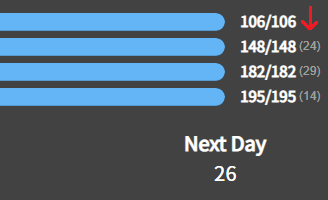@monkeytunes Thank you so much for the kind words! We are glad to hear that you are enjoying the Paths feature. We hope that we can continue to provide you with the content and tools that you need on your Japanese-learning journey. Cheers!
No! maybe Thank you so much for your insight on あげる and くれる! We have updated Bunpro to reflect your and @seanblue’s suggestions. Please let us know what you think. Thank you also for your kind words! It is comments like yours that reminds us of why we do what we do and drives us to make Bunpro the best it can be. Cheers!
@matt_in_mito We are glad to hear that you are finding the newly added grammar helpful. Please let us know if there is anything that we can do to improve your experience. Cheers!



 portion. We have also added the information about refraining from using あげる with your superiors. Thank you for reminding us!
portion. We have also added the information about refraining from using あげる with your superiors. Thank you for reminding us! Since review sentences build upon grammar that you have previously learned, we also did not want to include grammar that you had not yet seen or had time to study. Cheers!
Since review sentences build upon grammar that you have previously learned, we also did not want to include grammar that you had not yet seen or had time to study. Cheers!








 :
:
 Happy Mother’s Day!
Happy Mother’s Day!